- Home
- slideshows
- miscellaneous
- A year before D-Day, Allied forces made their first thrust into the 'soft underbelly of Europe' - here's how Operation Husky played out
A year before D-Day, Allied forces made their first thrust into the 'soft underbelly of Europe' - here's how Operation Husky played out
On May 13, 1943, Axis forces in North Africa surrendered in Tunisia, freeing up Allied forces in the southern Mediterranean. As that campaign came to a close, Allied planners were divided. Some, including the US, wanted to focus on invading France and thrusting into Germany. Others, led by the British, wanted to push into Italy, opening Mediterranean sea lanes and providing a base for future operations.

Gen. Dwight D. Eisenhower was chosen as supreme Allied commander for the Sicilian operation, which would be carried out by the 15th Army Group. That group was led by Eisenhower's main deputy, British Gen. Sir Harold Alexander, and consisted of two armies. One was the British eighth army, commanded by Gen. Bernard Montgomery.
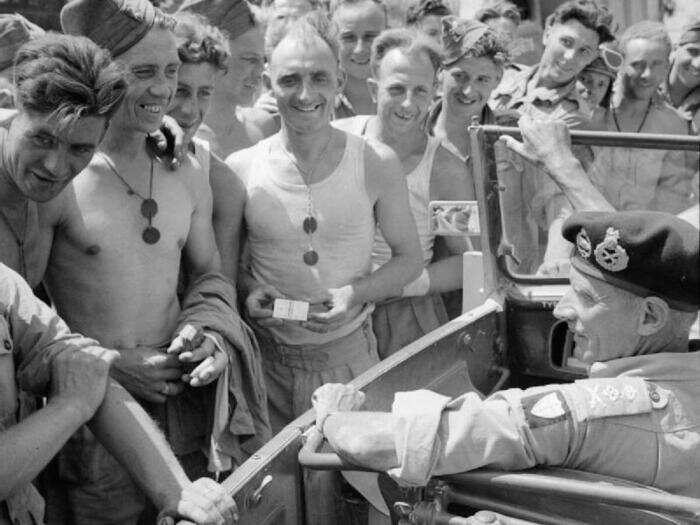
Source: US Army
The other was the US Seventh Army, led by Gen. George S. Patton. Planners decided to land the invasion force along a 100-mile stretch of southeastern Sicily, where major ports and airfields were concentrated. That portion of the island was also in range of Allied aircraft based in North Africa.
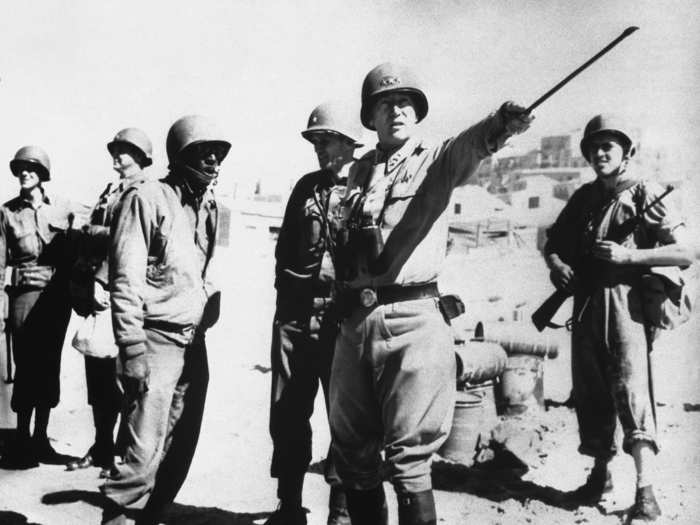
The British force, which included a Canadian division, was to land on the southeastern corner of Sicily on a 40-mile front, at the northernmost edge of which was the port of Syracuse, which the landing force was to capture with the help of troops arriving in gliders. The British were to push north to Messina, a port that was a key link to the Italian mainland. Messina's capture would cut off Axis forces on the island.

Patton's army, consisting of a landing force supported by paratroopers, was to land on the western side of the invasion, along the Gulf of Gela in south-central Sicily. US forces were initially relegated to a secondary role, protecting British advance on Messina. That supporting role hinted at British doubts about US troops' fighting ability.
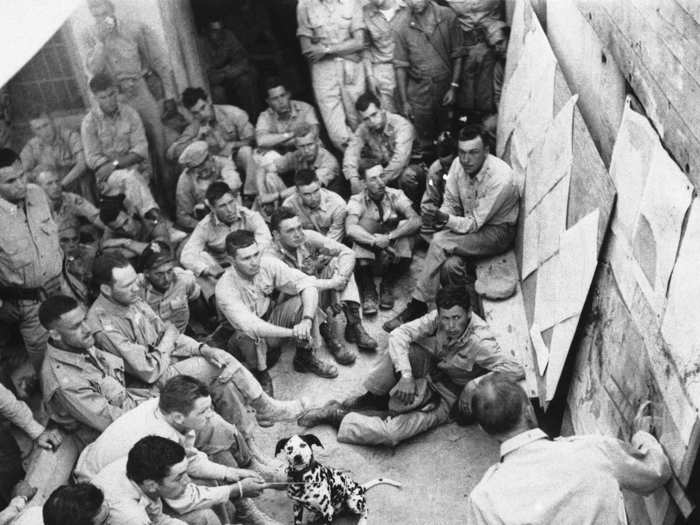
The landings began early on July 10, 1943, getting off to a rough start. The landing force — some 2,500 ships carrying 180,000 troops, 600 tanks, and thousands of other vehicles heading for multiple landing sites — were hit by strong winds that whipped up the seas and endangered smaller ships. The weather was especially challenging for the airborne force.
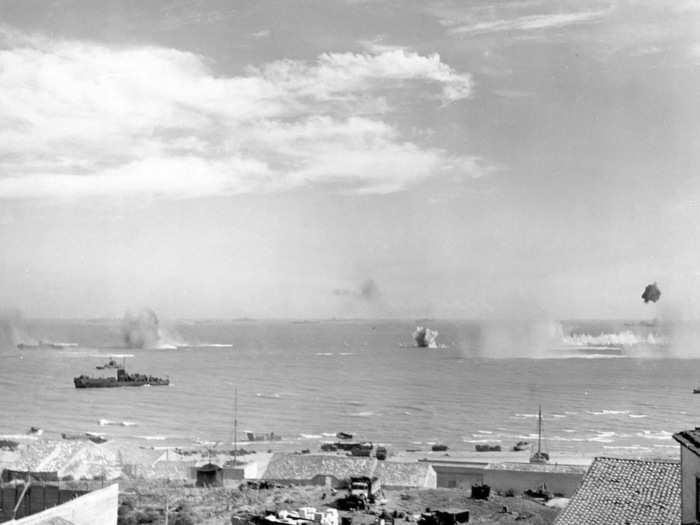
The landing force also faced attacks from German planes, inlcuding Stuka dive-bombers and ME-110 fighter-bomber. Those attacks caused limited damage but had a psychological effect.
Inexperienced pilots, dealing with a complex flight plan and poor conditions, became confused. Some strayed off course — only 12 of 144 British gliders made it to their landing zones outside Syracuse. C-47s carrying US paratroopers were fired on by naval gunners nervous about German air attacks. Hundreds of paratroopers laden with heavy gear jumped too early and disappeared into the ocean.
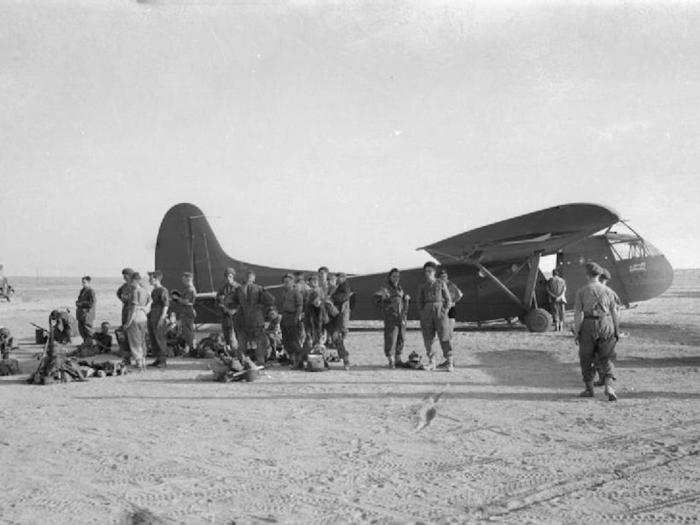
The paratroopers who made it to shore were scattered over a wide area around the Seventh Army's area of operation. That endangered the landing force, as there were fewer troops to form a buffer between the beachhead and Axis forces.
Like in Normandy a year later, however, small, scattered groups of US paratroopers rallied and wreaked havoc, cutting communications lines and attacking Axis patrols. Operation Husky also saw the first combat jump for the 82nd Airborne Division, which was formed just before the start of the war.
The paratroopers began landing late on July 9, and the Germans, who had already spotted the invasion force at sea, were aware of their presence by midnight. The German and Italian forces numbered between 200,000 and 300,000 men. Much of the Italian force was ill-equipped and dispirited, though some units put up stiff resistance. While the Germans were more battle-ready, they were spread out.
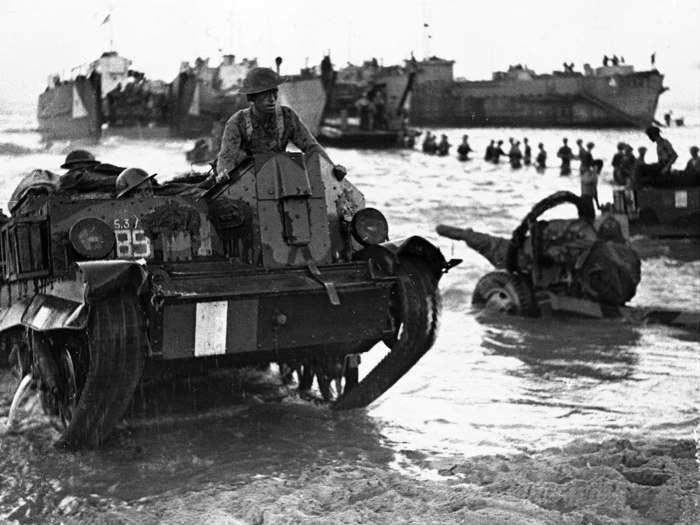
The Italian commander on the island had hoped to station the German and Italian forces close to Sicily's coast. He considered the southeast to be the most likely landing spot, and wanted to put the only two German divisions on the island there. German Field Marshal Albert Kesselring disrupted that plan, splitting the German divisions between the southeast coast and the other potential landing spot on the western coast.
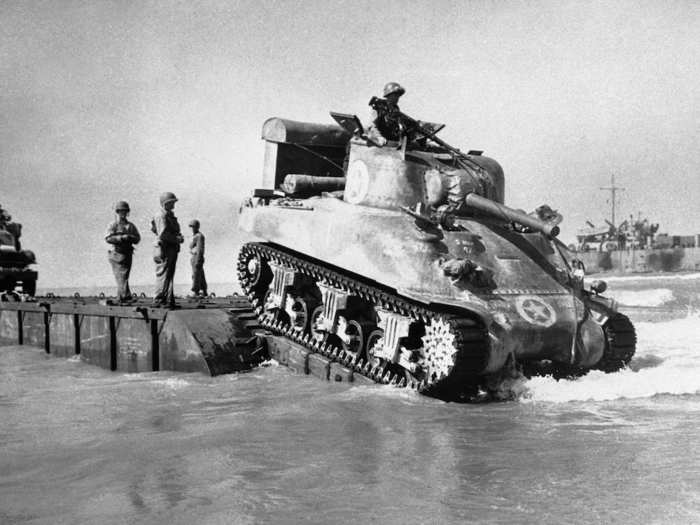
Source: US Army
The British force faced little opposition coming ashore and walked into Syracuse almost unopposed.
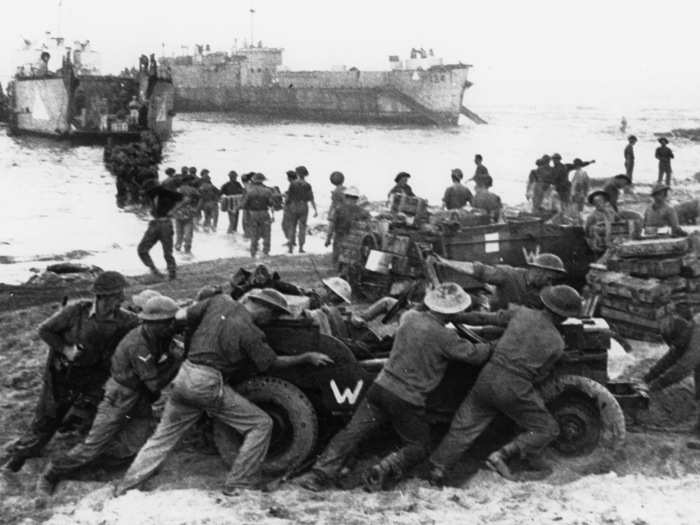
Source: US Army
The heaviest fighting took place in the center of the US beachhead, where Axis units tried to push the landing force back into the sea. Supported by naval fire, paratroopers and other US soldiers beat back Italian infantry and tanks before facing a more serious attack from German armor and artillery, which overran some US positions.
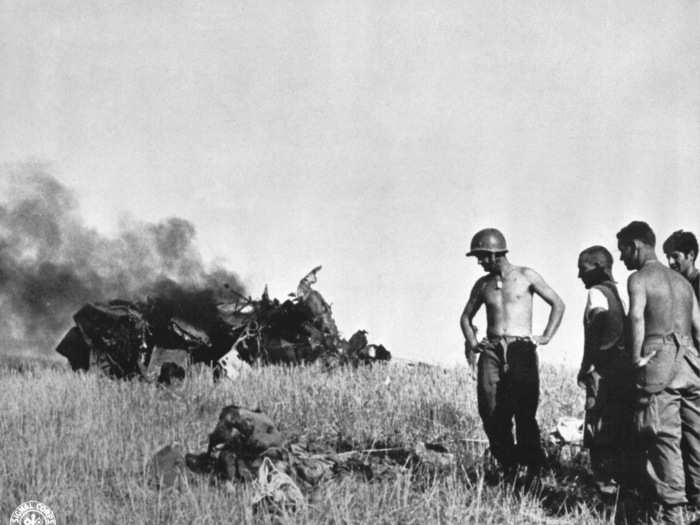
The landing force also struggled with the weather, especially rough seas that disorganized units coming ashore. The weather and rough beaches created congestion that was exacerbated by Axis artillery and air attacks.
But new landing craft and unrelenting efforts by US troops kept men and machines coming ashore. In the first three days of the operation, the Army and Navy moved 66,285 personnel, 17,766 dead-weight tons of cargo, and 7,396 vehicles over Sicily's southern shores.
Fierce fighting marked the first days of the invasion. Congestion on the landing beaches kept US tanks from reaching the front line, forcing troops to rely on artillery and naval fire for support against Axis attacks. At one point on the second day, German tanks made it within 2,000 yards of the beaches before being repulsed.
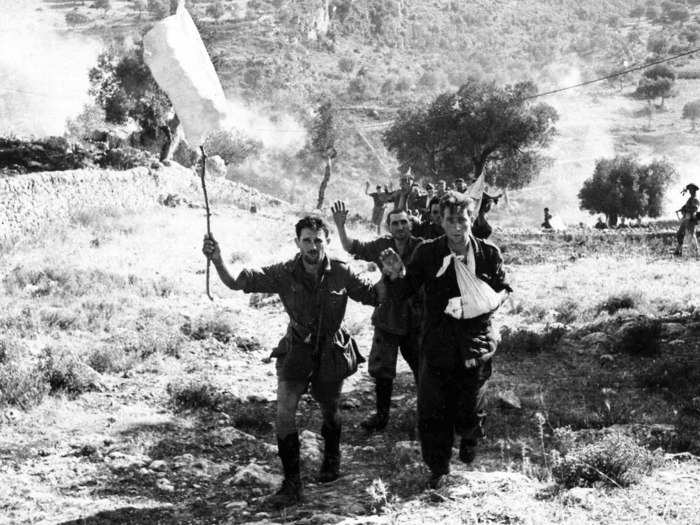
US troops continued to advance, pushing out of the coastal plain into the hills around it, occasionally encountering determined German resistance. British forces progressed at a similar pace, but in the days after the landing they started finding more opposition, particularly from elite German paratroopers who had arrived from France.
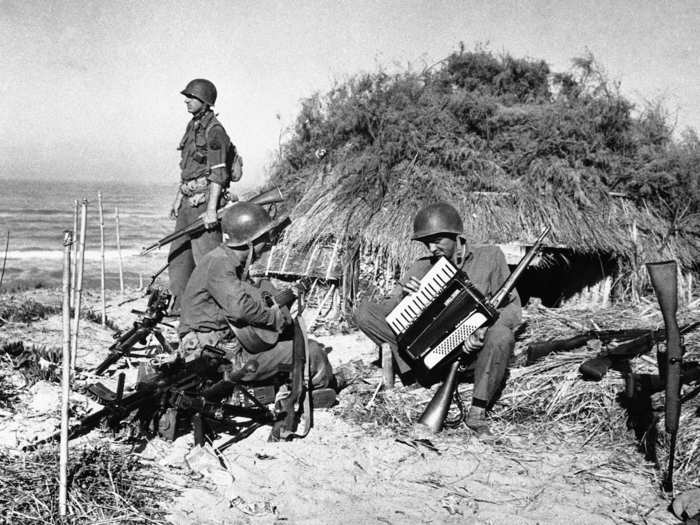
Source: US Army
The British began to face stiffer resistance after July 13, and as the advance slowed, Montgomery convinced Alexander, the British general commanding the overall operation, to give him a broader front on which to advance. The British force was told to cast farther west as it headed to the northeastern corner of the island, which would take it around the main resistance points. But it also cut into the US Seventh Army's area of responsibility.
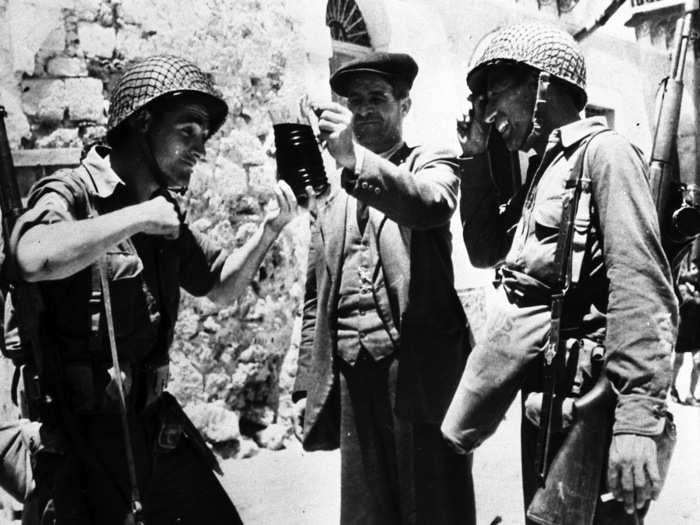
Source: US Army
Patton was irate that his line of advance had been blocked. He pushed for permission to head north, toward the island's capital, Palermo, the capture of which would be a public-relations coup and provide a base of operations on the northern coast.
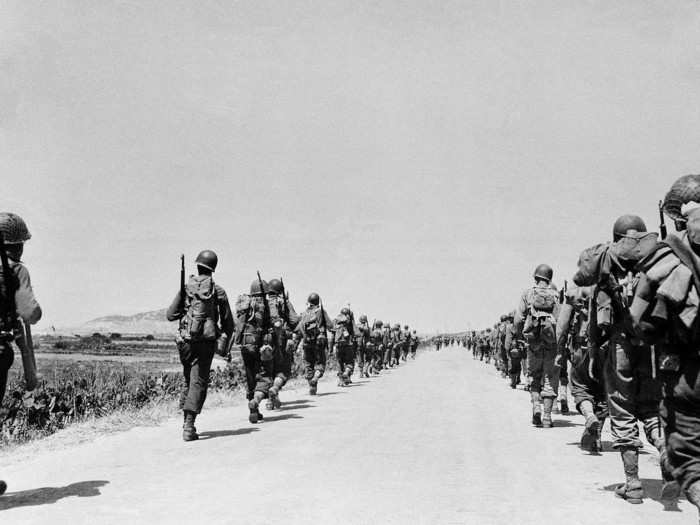
Source: US Army
The Italian commander had pulled the other German Panzer division out of western Sicily, leaving behind Italian troops with little interest in fighting. The US advance met little resistance. It took only 72 hours to capture Palermo itself, and by July 24, the US Seventh Army controlled the entire western half of the island.
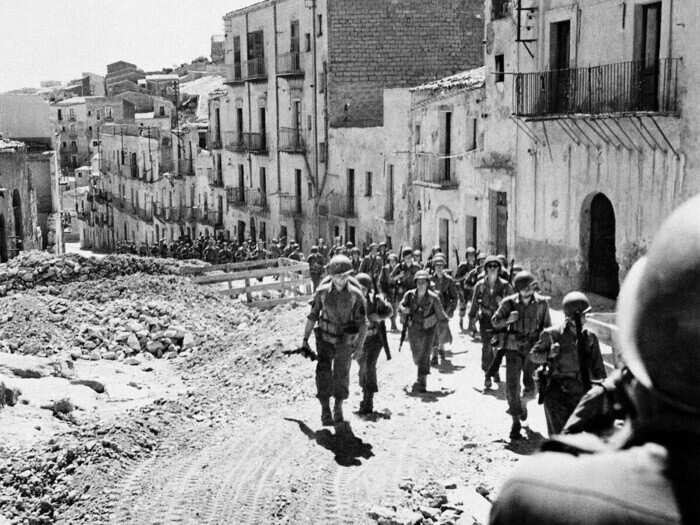
The US drive to capture Palermo and western Sicily led to the capture of 53,000 Italian troops and 400 vehicles, while costing only 272 men.
The fall of Palermo coincided with two important events. It had become evident the British would not capture Messina alone, and on July 23, Alexander ordered Patton to turn east toward the city. On July 25, Italian dictator Benito Mussolini was deposed by opponents dismayed by his long and costly war.
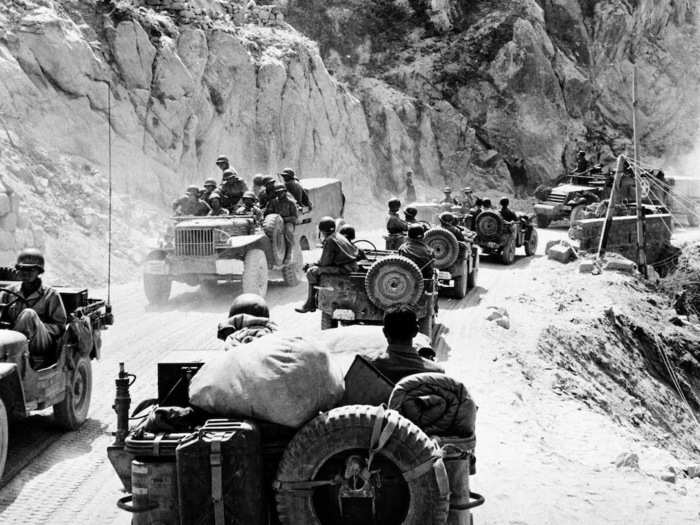
Allied planners had hoped the Sicily operation would undermine Mussolini and the Italian-German alliance, but the Italian fascist's ouster still surprised them. His downfall did not immediately end Italy's involvement in the war, however.
Messina was protected by some of the most rugged terrain on the island, including the imposing Mount Etna, which was just south of the city on the east coast. The Germans had also built the Etna line, a series of strong points running from the east coast, around Mount Etna, and north to the coast.
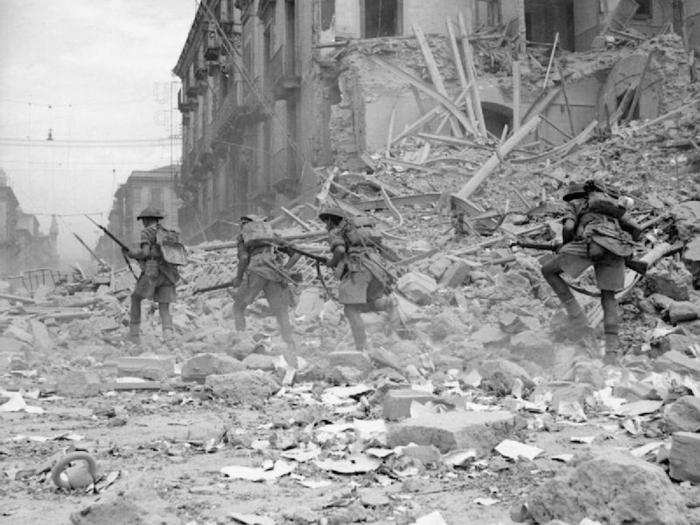
Only four roads passed through the Etna line, and Alexander divvied them up — two northern for US forces and two eastern routes to the British. Patton, feeling slighted, was determined to take Messina. "This is a horse race in which the prestige of the US Army is at stake," he wrote. "We must take Messina before the British."
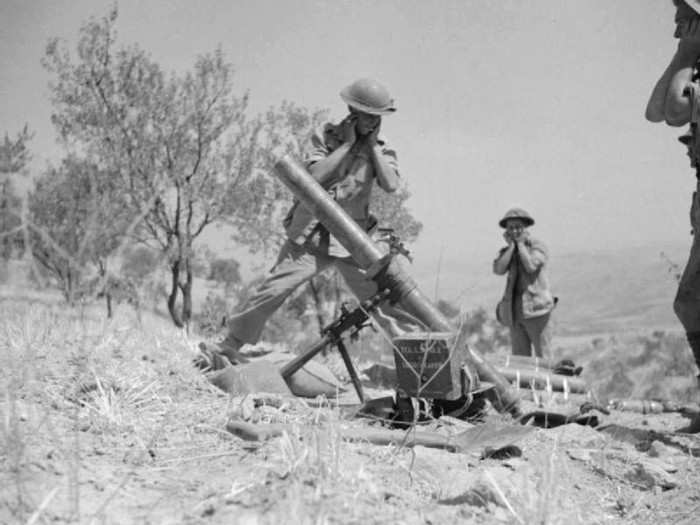
Source: US Army
The Germans took advantage of the terrain to slow the Allied advance, which was also hamstrung by illness and oppressive summer heat. Some of the fiercest fighting of the entire campaign came when US troops tried to capture the mountain village of Troina between July 31 and August 6. The landscape offered little cover from the German and Italian troops who were dug into the surrounding hillsides.
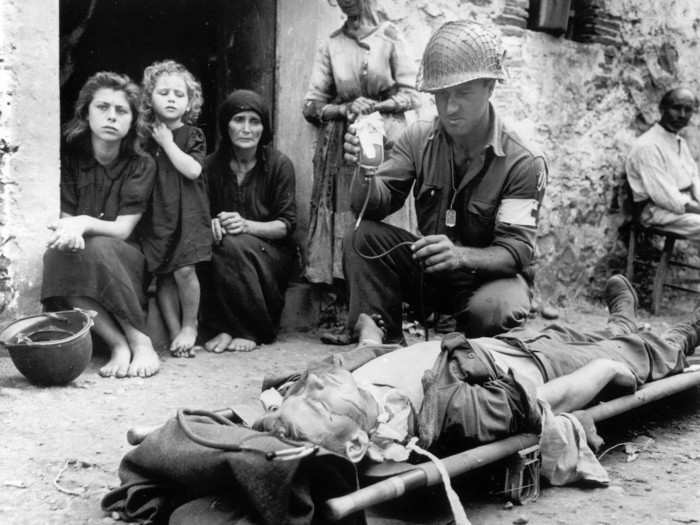
Even as they faced down Allied troops, the Germans were already preparing to withdraw from Sicily, planning to retreat in phases to Messina, where they would be ferried to the Italian mainland.
The US launched a massive assault on the village, and control of important positions in the hilltops changed hands frequently. The Germans launched at least 24 counterattacks during the weeklong battle before eventually withdrawing. Several days after taking the village, US troops found a small valley filled with hundreds of dead Germans — "victims of American artillery fire," Eisenhower later said.
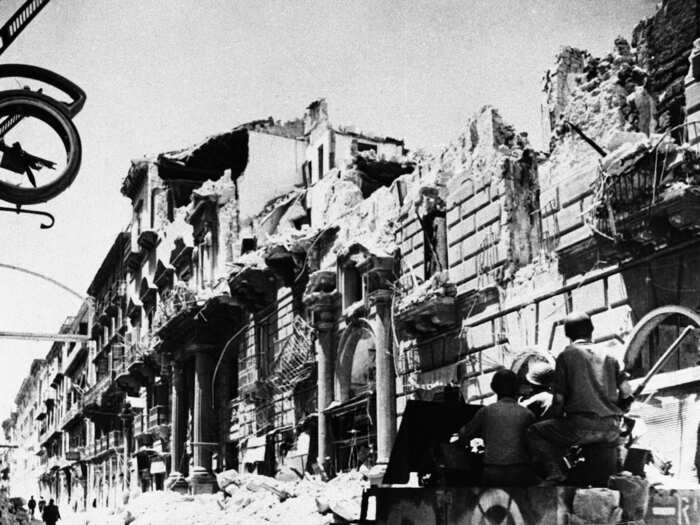
Germans in San Fratello, at the northern edge of the Etna line, also fended off the US advance along the coast. Stymied by that resistance, US forces carried another amphibious assault on the night between August 7 and August 8.
The landing achieved complete surprise and was able to block the coastal highway. But the Germans had also chosen that night to withdraw from San Fratello, retreating past the landing force before it arrived. But the US land-sea attack still captured 1,000 prisoners.
Source: World War II database
Fighting at San Fratello, Troina, and in the British sector broke the Etna line, but the Germans, using the terrain to their advantage, mounted an orderly retreat. The US carried out another amphibious landing at Brolo on August 11, which achieved surprise but was not big enough to contain the Germans it trapped, who fought their way out.

German commanders also began a full-scale withdraw from Sicily on August 11. Despite engineers working feverishly to clear minefields and repair bridges, US forces were not able to catch the retreating Axis forces.
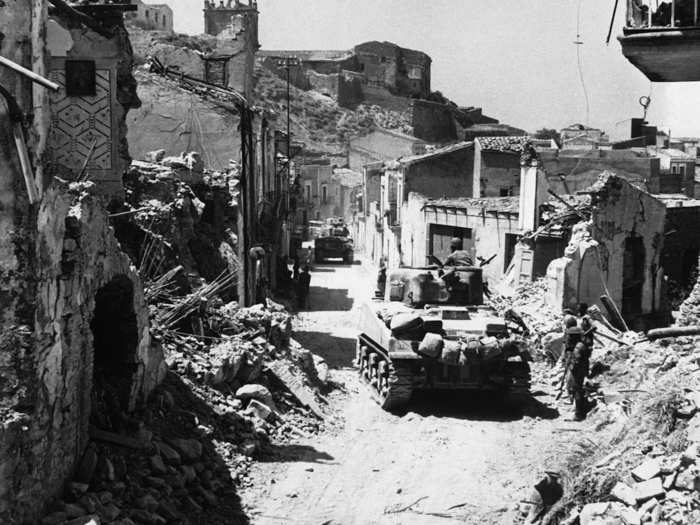
Members of the US Army's 3rd Infantry Division entered Messina on the morning of August 17, 1943 — just hours after the last Axis soldiers had boarded ships to Italy. US reinforcements were quickly called into the city "to see that the British did not capture the city from us after we had taken it," the division's assistant commander said.
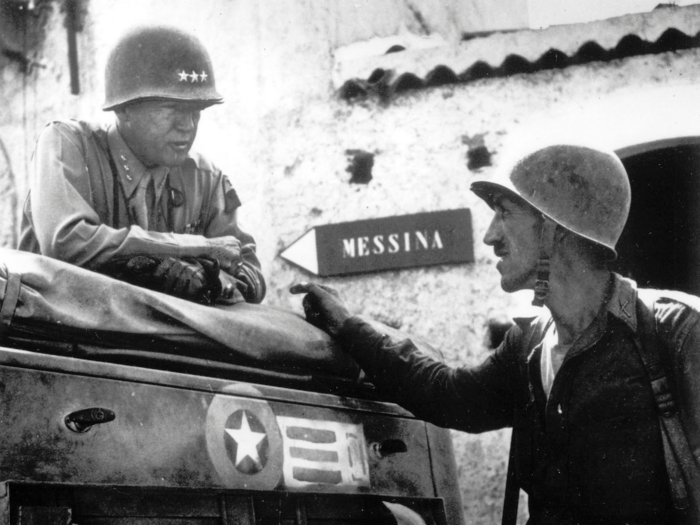
Not long after Messina had surrendered to Patton, a column of British vehicles made its way into the city. The British commander walked over to Patton and shook the US general's hand.
In 38 days of fighting in Sicily, Allied forces had killed or wounded roughly 29,000 enemy troops and captured more than 140,000 more. The US lost over 2,200 troops killed and about 6,500 more wounded or captured. The British had nearly 13,000 casualties, including 2,700 killed.
Operation Husky would be overshadowed by Operation Overlord, the landings at Normandy in June 1944. But Husky was the largest amphibious operation of World War II in terms of the size of the landing area and the number of troops put ashore on the first day. It was also a strategic success, providing the Allies with a base in the Mediterranean, drawing in German forces from other theaters, and toppling Mussolini. Though Allied sentiment about Husky was mixed at the outset, its success led to the invasion of Italy in September 1943.
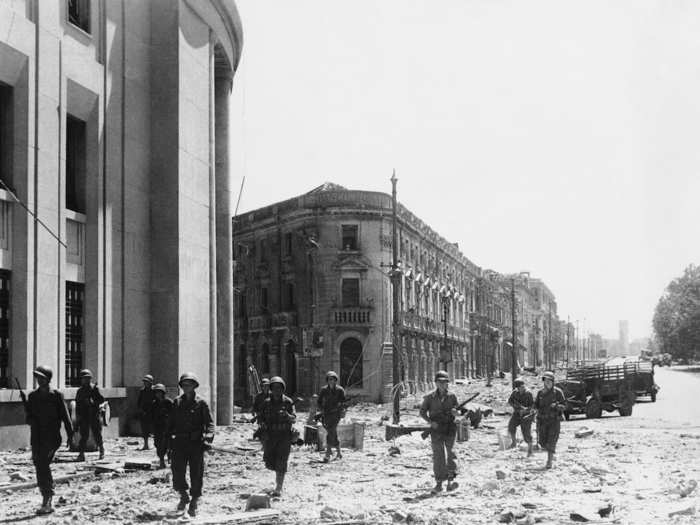
Despite the importance of the Allied success at Sicily, they did not win a decisive victory.
Because of a lack of experience and integration among Allied forces and the conservative approach taken by war planners, more than 100,000 Axis troops and 10,000 vehicles were able to withdraw from the island. Hitler, undeterred by Mussolini's fall, order the Wehrmacht to continue fighting in Italy, and those evacuated forces helped make the Allied campaign to free the country a hard slog.
Nevertheless, the Allies benefitted from Operation Husky, putting the lessons learned to use in the invasions of Italy and France.
Popular Right Now
Popular Keywords
Advertisement